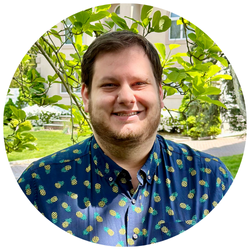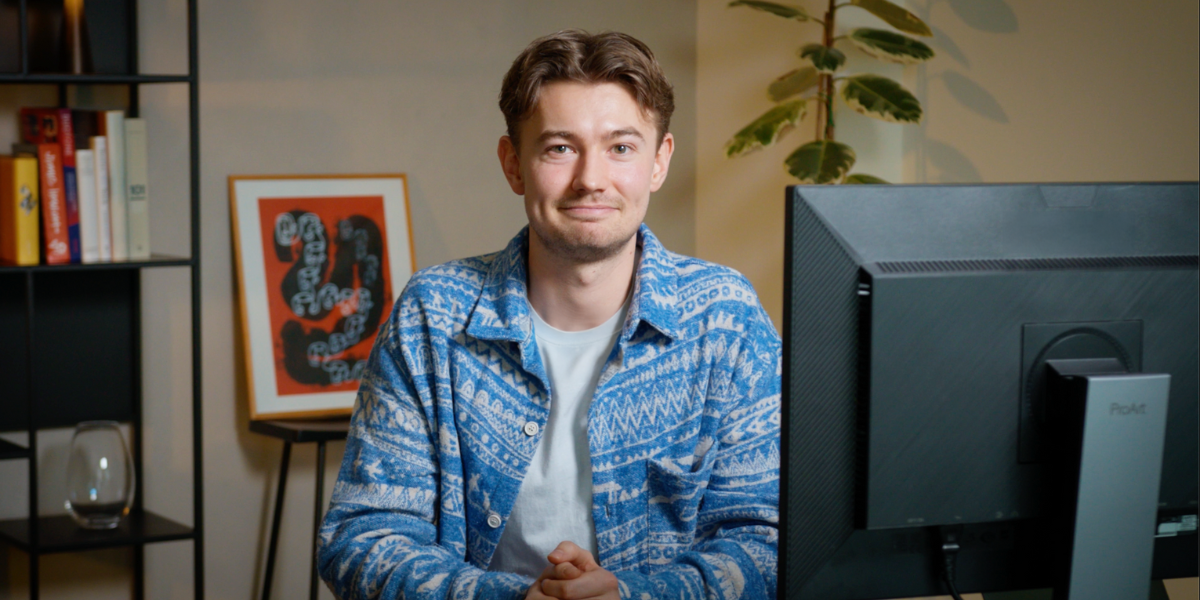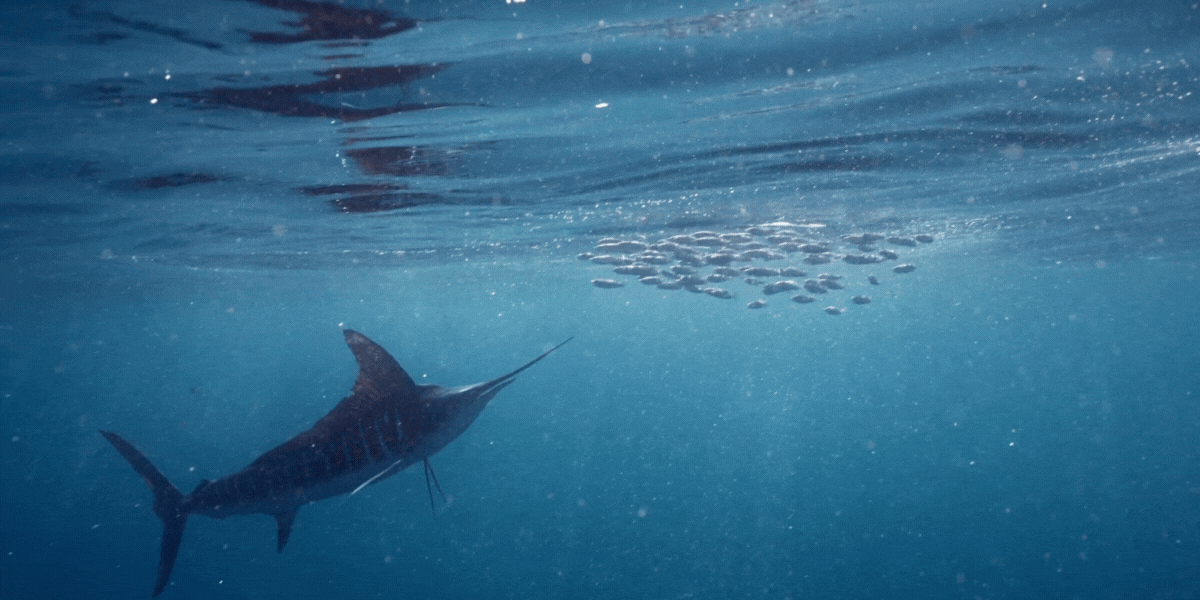How do you disconnect from a world always fighting for your attention — worlds both internal and external? The antidote may lay in the humble act of journaling.
When you write, different parts of your brain, including your motor, visual, and prefrontal cortexes, combine to produce something new and wonderful. It’s like magic.
And the beauty of it is that you don't need "something" to write about. One of the most therapeutic things you can do is write about you.

The Science Behind Journaling vs. Thinking
Journaling engages large regions of the brain to allow us to process our emotions. Journaling takes the mental strain out of your head by placing it on paper. There is a reason so many therapists recommend journaling as a therapeutic activity. Science approves journaling as a therapeutic device that images our brains.
When you journal, you take part in a process known as cognitive reappraisal; that's a complicated way of saying that writing about stressful everyday situations can help you reduce unwanted emotional intensity. This method also allows us to gain new perspectives. New thoughts are gateways for new creative ideas.
This all sounds great, but … doesn’t that sound like thinking?
"All the noise in my brain. I clamp it to the page so it will be still."Barbara Kingsolver
Of course journaling requires a bit of thought, but not the same type that has you sitting around rethinking the same ideas within the confines of your own head like a whirlwind.
Journaling is linear and focused. By turning jumbled thoughts and feelings into words through writing, we create more concrete ideas with direction and structure, which allows us to more easily analyze and expand upon them.
By writing, we create a physical expression of our thoughts with several benefits:
- Better problem solving: Writing down ideas can assist with creative problem solving, providing new perspectives on a problem.
- Emotional release: Journaling allows us to express ourselves as individuals and gain control of big emotions.
- Greater clarity: By putting our thoughts into words, we can give structure to our pondering and make our thoughts easier to understand.
- Self-discovery: Writing can help us express our thoughts and feelings, leading to personal growth and greater creativity.
What's more: exploring your relationship with the world around you is critical to becoming a better writer, and learning to journal for personal growth is a powerful tool in the writer's toolbox. As author Christina Baldwin once said,
Rewriting Your Personal History
Human memories of past events are imperfect; they can quickly become distorted or completely disappear.
When we journal about our days, we not only create a physical record of our experiences, but the process of putting words onto paper or a computer screen can also help our memory recall.
Most importantly, journaling allows for cognitive restructuring; this is a process in which we can change negative thought patterns into something more positive.
Through our internal journey of memory, we gain new perspectives on ourselves and the situations we have encountered. These new ideas help shape new thinking patterns and exercise our brain. Of course, another activity benefits from these acts of mental strengthening — the writing process.
Crafting our own narrative of our life’s events not only enables us to shape our own identity but also creates a practice for putting ideas into the world. As we grow through journaling, we practice being better writers through a process that helps relieve mental strain and encourages new ways of thinking.
And that’s creativity.
Freewriting Your Journal
Prepare for your journaling journey by organizing the right tools. Start by grabbing a journal that works best for you; it can be a physical notebook, a leather-bound diary, your smartphone, or a digital typewriter like Freewrite. If you go the digital route, you can back up your journaling to the cloud so it's never lost.
Call us biased, but we believe the best way to journal is through freewriting.
Freewriting — allowing yourself to write with abandon — enables us to let go, tapping into our subconscious to explore our thoughts more deeply.
Here’s how we recommend you begin freewriting your journal:
- Sit down with your journal and set a timer for 10-15 minutes.
- Write continuously and don’t stop; the goal isn’t to create a work of art but to empty every thought into your journal.
- Ignore any grammar or spelling mistakes, and don’t allow yourself to go back and make any edits; once written, it is done.
- Stop when the timer goes off, and take a moment to reflect on your journaling process.
By freewriting your journal, you can break down common obstacles that many writers face, such as overthinking and critique from your inner critic.
The freewriting process does not apply only to journaling; it's an excellent way to create a flow of ideas from your mind into your journal, but the same applies to any form of writing.
By freewriting with a device like the Smart Typewriter, you can focus on the creative aspect of writing, handling the technical aspects, like grammar and spelling, later down the road.
As American author Robert Cormier once said:
To learn more about freewriting and how it can transform your creative process, whether you're writing a journal entry or diving into your novel's first chapter, subscribe to our free newsletter.




























